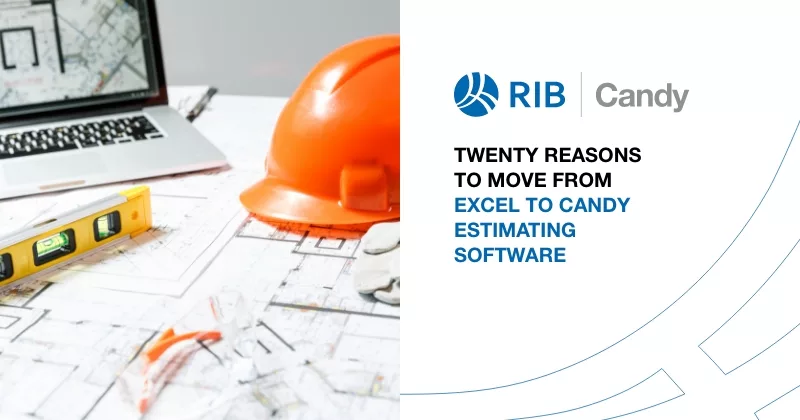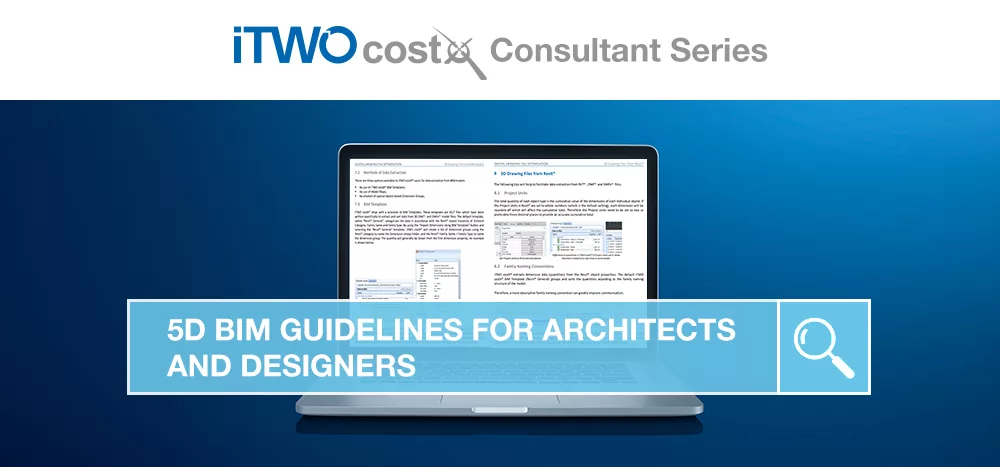24 mins read
What’s The Difference Between Profit Margin And Markup In Construction?

Business coach George Hedly estimates that 75% of installation contractors don’t know how to estimate the right markup in order to cover all their expenses while making a profit. Ensure a healthy profit by knowing the difference between profit margin and markup.
When coming up with a construction estimate, understanding the difference between profit margin vs markup is essential. Many business owners are not actually producing as much of a profit as they think, and this comes down to a common misunderstanding while estimating construction projects.
To make sure that your business charges the correct price, and doesn’t miss out on lost profits, construction professionals need to have a deep understanding of these terms.
Important Terminology
To fully understand the difference between profit margin vs markup, you need to have a solid grasp on the various terms around the subject.
Here are some important terms to differentiate between when exploring the profitability of a construction business.
- Cost of Goods Sold (COGS). Also known as direct costs, the cost of goods sold includes every expense needed to do the project. These job costs cover everything including materials, labour, equipment, capital costs, fuel, permits, and any other costs directly related to the project. Essentially, every expense that goes into the construction project falls under the cost of goods sold.
- Overhead Expenses. Overheads are the expenses that the company faces regardless of the project at hand. These are necessary to keep the business running on a daily basis. Overheads include things like office rental, salaries, support staff, insurance, accounting fees, debt payments, office equipment costs, etc.
- Revenue. All of the income that enters a business. This is how much money comes in before expenses.
- Gross Profit. Take the revenue and deduct the COGS – this will calculate your gross profit. This is the amount of revenue that remains after paying the expenses of a job.
- Net Profit. This is the profit left over after you deduct all expenses from the revenue. Net Profit is the revenue minus COGS and minus overheads.
When looking at the profitability of a business, you need to figure out how to turn revenue into net profit. Understanding this is the first essential step to knowing about profit margin vs markup and how to use these in an efficient construction estimation.
Profit Margin vs Markup
The difference between profit margin vs markup is significant, and these are not two concepts that you can use interchangeably.
Markup refers to the difference between the cost of goods and services and the price you charge for them (selling price). Markup is added to the cost to cover for profit and overhead expenses of the company.
To calculate markup as percentage, simply take the difference between the selling price and cost of sales. Then divide the difference into the cost of sales, multiplied by one hundred to determine the markup percentage.
Then, the margin, or gross margin is a percentage of the revenue that depicts the gross profit on the job. After you deduct the cost of sales from the revenue, the margin is calculated as a percentage of the revenue.
Basically, a markup is added to the costs of the job, while the margin represents the gross profit from sales. So, the markup percentage you apply to a job will not reflect the same margin.
The Difference in Estimation Perspectives
When coming up with accurate construction estimates, the business owner and estimator may take a different approach and have different perspectives.
The estimator will generally focus on the markup, as their job is to calculate costs and add a price onto that. Owners, however, will focus more on the margin. They tend to look at the future vs past performance of the business and measure profitability and success compared to targets.
It is essential to take both perspectives into account when calculating estimates for a project. This, along with advanced estimating software like Candy, will result in an accurate bid that will provide a real profit.
Final Thoughts
Profit margin vs markup in construction is an essential concept. This terminology is something that often gets miscommunicated or misunderstood during the construction process. Not having a good understanding of each can result in contractors charging too little for their work and not seeing the net profit that they should.
Therefore, it is crucial for construction businesses to know how to calculate these and charge the right price for a job.
Most Recent
24 mins read
14 mins read
15 mins read
25 mins read

E-BOOK











